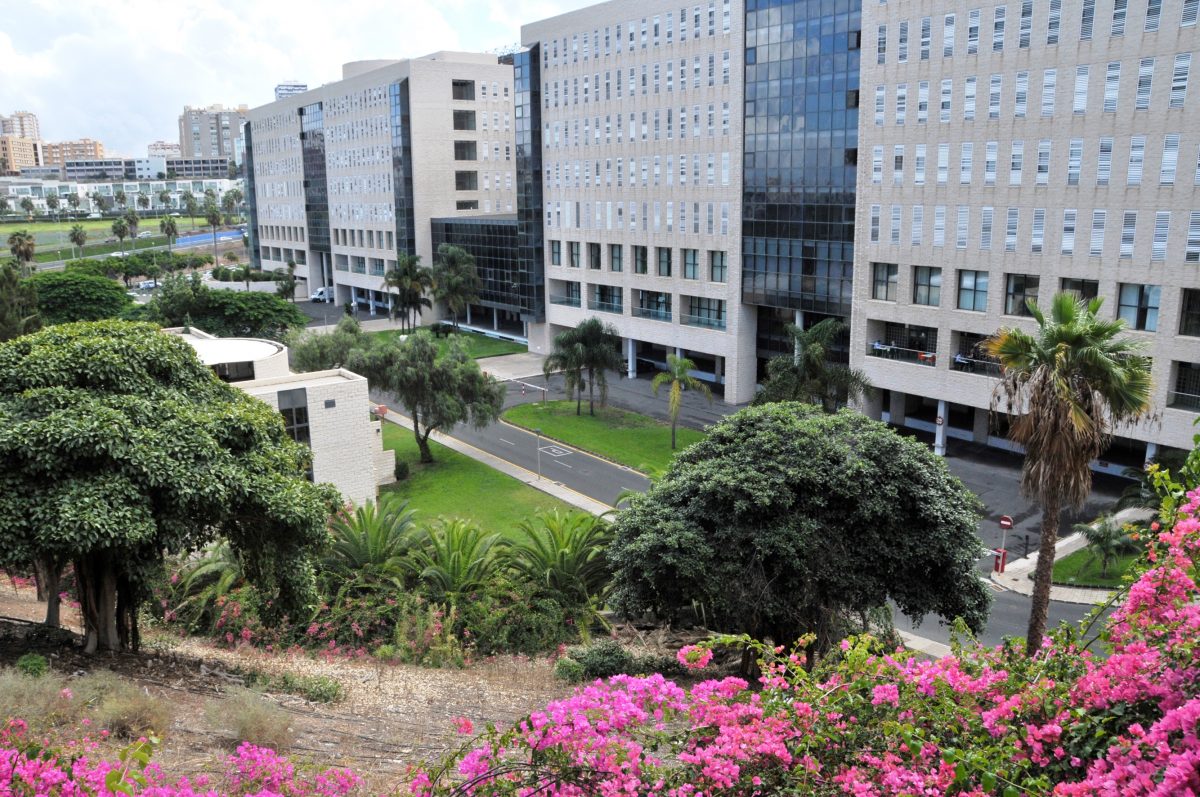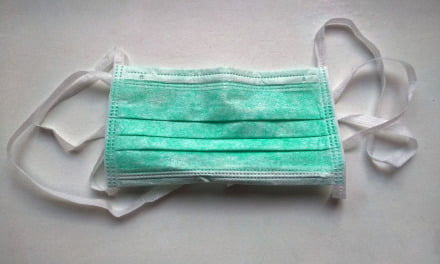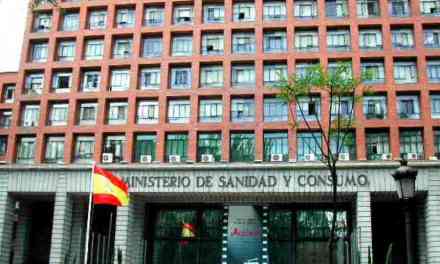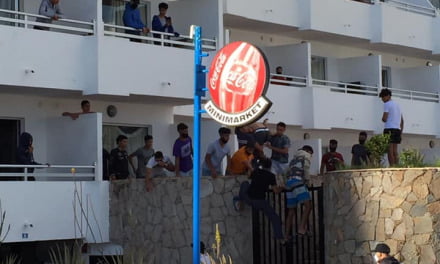Thankfully, the death toll, related to this initial wave of Covid19, here in The Canary Islands, remained until this Sunday morning at just 151 individuals since last Monday May 11. The number detected and diagnosed throughout the archipelago rose a little further on Friday to 2,289 according to the latest data from the Canary Islands Government Ministry of Health, updated at 8:00 p.m. this Saturday, which shows that we have detected 106 people with coronavirus for every 100,000 of the Canary Islands population, currently 0.106% of the 2,153,389 people who live in the archipelago.
The good news is that this has been the longest prolonged period without deaths from coronaviruses for two months, since fatalities began being recorded back on March 13, the day before Spain’s ongoing State of Emergency was declared.
There have been commentators suggesting that the R-infection rate may be starting to rise once again here on the islands, but there is as of yet no direct nor official clinical evidence of this. The next week of statistics will tell us more, either way.
The two methods used for counting case number declarations differ slightly, between where the cases have been detected, the number we try to follow, and where on the islands the patients’ health cards are currently registered, and there are also occasionally small corrections made to anomalies found in the data, but overall the current situation for the islands looks very good.
Evolution of accumulated number of detected infections (in blue – from 1 to 2,289), deaths (in red – from 1 to 151) and recovered (in orange – from 1 to 1,523). In yellow, remaining active cases.
This Saturday the number shown to have recovered from coronavirus on the Canary Islands stands at 1,523, which is to say 2/3 of all diagnosed cases. 615 cases are still active.
Counting each case detected by island, as of Saturday May 16, Tenerife has accumulated the vast majority at 1,538, 106 deaths, 919 recovered and 513 patients still active; Gran Canaria follows with 565 diagnosed, 37 deceased, 451 discharged and 77 still sick; La Palma has 80 diagnosed, three deceased, 61 discharged and 16 still active; Lanzarote, 74 diagnosed, five deceased, 62 discharges and seven still ill. Fuerteventura has 24 diagnosed, 22 discharged and two sick, no dead; La Gomera, seven diagnosed and seven discharged having all recovered; and El Hierro, one person diagnosed who has already recovered and been discharged.
The rest of the known data comes from Friday May 15 statistics, which indicate that there are also 301 cases that have been identified by Canary Islands Health Service professionals, under a new addition to the protocols, that are suspected as being possibly related to Covid-19. The new criteria asks doctors to identify “anyone with a clinical presentation of sudden onset acute respiratory infection of any severity, [which include symptoms] among others, such as fever, cough or feeling a shortness of breath.”
Over the last two months, 586 health professionals have been diagnosed with Corona Virus, representing about 25% of all cases registered in the Canary Islands since the start of the pandemic. They, in turn, represent 1.89% of total staff working in the Canary Islands Health Service.
According to data up until Friday, a total of 939 people had been hospitalised, one on the day, and 178 have had to be treated in the ICU (Intensive Care Unit), with no new ICU admissions over the last week, and only two new admissions to the ICU eight days ago.
Looking at the latest data up until Wednesday last, May 13, 106,408 PCR (Polymerase Chain Reaction) tests for the diagnosis of active Covid-19 had been carried out, on a total of 85,759 people.
Lastly, looking at the demographic distribution of the 151 deceased, the largest group is those between the ages of 80 & 89 years, with 53 deaths, followed by 44 aged 70-79; 20 dead aged 60-69; 18 dead over the age of 90; nine aged 50-59; four aged 30-39; and three dead who were in their 40s.











